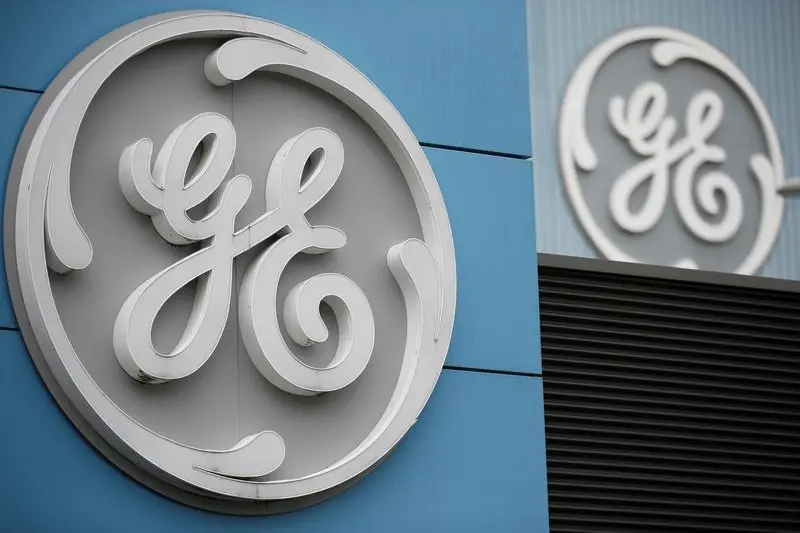PHOTO
NEW YORK - General Electric’s healthcare division is offering the conglomerate life support. An investor presentation on Monday showed the medical-imaging and diagnostics unit brings in around a third of the troubled company’s earnings and grows at a consistent, if low, rate. That’s valuable oxygen for GE’s capital-intensive and cyclical businesses. The certainty and cash flow will help the firm repair its balance sheet and prevent, or at least postpone, a breakup.
Former bosses Jack Welch and Jeff Immelt allocated capital poorly, and the firm’s future was hooked on fossil fuels. GE, valued at more than $500 billion in 2000, was worth less than $100 billion by the time Larry Culp took the helm in October last year. He has since disposed of holdings left and right – such as reducing its stakes in oilfield-services company Baker Hughes and railroad-equipment maker Wabtec – to stabilize its balance sheet, simplify the firm and find a new strategy.
Imaging and diagnostics aren’t terribly exciting. Monday’s healthcare presentation to investors was full of predictions of low- to mid-single-digit growth. But it is big, consistent and highly profitable. Sure, Culp had to sell the company’s gem, its BioPharma unit which helps produce biologic drugs, to Danaher DHR.N for more than $21 billion. But even after subtracting this, the unit should produce about $16.5 billion of sales and an operating margin close to 15% this year.
Better yet, growth and rising margins should continue as the world grows older and wealthier. That means more medical scans and precise diagnostics. Moreover, the business is dominated by a handful of giant firms like Siemens Healthineers, Philips and Canon. Hospitals generally prefer to pay for reputation, long-run certainty and servicing on important equipment.
GE now looks reasonably stable for the short term, with its goal of industrial net debt of 2.5 times EBITDA by the end of next year in sight. Healthcare’s cash flow and stability provide a useful counterweight to businesses like jet engines and power equipment, which are complex, require huge investments and can take years to return a profit.
Shareholders, though, were wholly unmoved by the checkup GE gave. That suggests GE may yet be dismembered. But healthcare gives the firm time to show that being sold for parts is not its only option.
CONTEXT NEWS
- General Electric held an investor day for its healthcare division on Dec. 2, at which it revealed that the unit should have revenue of close to $20 billion this year and an operating margin just below 20%.
- Analysts estimate the conglomerate as a whole should have revenue of $94.4 billion and operating profit of $9.3 billion in 2019, according to numbers from Refinitiv.
- In February, GE said it had agreed to sell its BioPharma business to Danaher for $21 billion in cash and the assumption of certain pension liabilities.
- GE said in its meeting that estimated 2019 revenue for its healthcare division after the divestment should be just over $16.5 billion, and operating margins should be 14.4% to 14.7%. Over the medium term, the company thinks the unit’s revenue will expand in the low- to mid-single digits, while its operating margin will increase by 25 to 75 basis points annually.
(Editing by Antony Currie and Amanda Gomez) ((robert.cyran@thomsonreuters.com; Reuters Messaging: robert.cyran.thomsonreuters.com@reuters.net))












